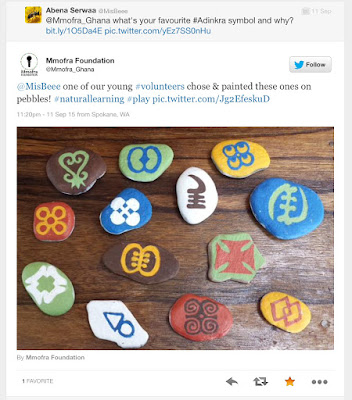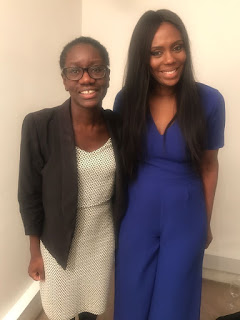An interview with TV director Kwame Boadi on his foray into feature films
The director behind Ghanaian hit TV series Sunshine Avenue,
and Sun City is working to bring his first feature film to the African
continent.
 |
| John Aggrey debuts as actor in Gold Coast image © Michael Haslund |
Kwame Boadi, who co-produced Danish-Ghanaian arthouse film
Gold Coast, hopes to bring the production to Ghana around Easter 2016 and will
work to release the film in other African locations thereafter.
“We own the film rights for half of Africa and the whole of
Ghana so that is where my concentration is,” he told Kirsty Osei-Bempong. “Earlier
we were looking to premiere in Ghana in December 2015, but looking at the
schedule I would rather take it to Easter – March/April 2016, there about.
“I would have finished the second season of Sunshine [Avenue]
and would have more time to organise and make a bit more noise. So it will
premiere in Ghana, then I am looking to find a distributor for Africa.”
 |
| Image © Michael Haslund, left with fellow producer Kwame Boadi |
Gold Coast
is the story of one man Wulff Joseph Wulff, a Danish botanist. He leaves his
fiancée in Denmark during the 1836 to establish a royal coffee plantation at
the request of Danish King Frederik.
Set three years after the Trans-Atlantic Slave Trade was officially
but not totally banned, Boadi was
drawn to the film because of its redeeming values. Among other things, lots
of Danes in Denmark were not aware of their participation in the slave trade. So
this was a way to educate them better, he said.
Another draw was the interesting characters such as the
missionary’s wife, and the central character Wulff.
 |
| Jakob Ofterbro and Ghanaian extras, image © Michael Haslund |
Although in
reality Wulff existed and visited present-day Ghana around 1836, his
character in Gold Coast is an amalgamation of three Danish men of history with
some embellishments.
The real Wulff had a local wife and children before he died
in Ghana. His descendants are still living in Osu today, Kwame said. Liaising
with the family during the early part of the film-making process helped to fill in some
of the gaps the film production team had, he added.
The 2015 film was shot in a number of locations including
Elmina and Cape Coast castles, Fort Amsterdam in Abandze, in the Central Region
and Fort Batenstein in Butri in the Western Region. A very small part of the
film was shot in Burkina Faso.
The filming team had wanted to use the Osu Castle - also
known as Christiansborg - which the Danes and Norwegians built in the 1660s.
However, it had been modernised and had lost a lot of the historical aspects.
And it also helped to uncover an emerging talent John Aggrey. The teenager, who
had no previous acting experience, plays slave-boy Lumpa.
“He did so well so we have actually decided that we are
going to fund his education to university,” said Kwame.
For the full interview check it out here.
By Kirsty Osei-Bempong.
For more blogs on slavery and its legacies, check
Belle - a new kind of English rose
A podcast: Tudor England's African connections with historian Onyeka
Tudor England II: England's African connections
Gold Coast: a lucid look into Denmark's colonial past
All comments are welcome on this page. If you are having trouble posting on the Google+ page, please share your views via Facebook here or tweet @MisBeee
Please be aware that you may not reproduce, republish, modify or commercially exploit this content without our prior written consent.
By Kirsty Osei-Bempong.
For more blogs on slavery and its legacies, check
Belle - a new kind of English rose
A podcast: Tudor England's African connections with historian Onyeka
Tudor England II: England's African connections
Gold Coast: a lucid look into Denmark's colonial past
All comments are welcome on this page. If you are having trouble posting on the Google+ page, please share your views via Facebook here or tweet @MisBeee
Please be aware that you may not reproduce, republish, modify or commercially exploit this content without our prior written consent.





Comments
Post a Comment